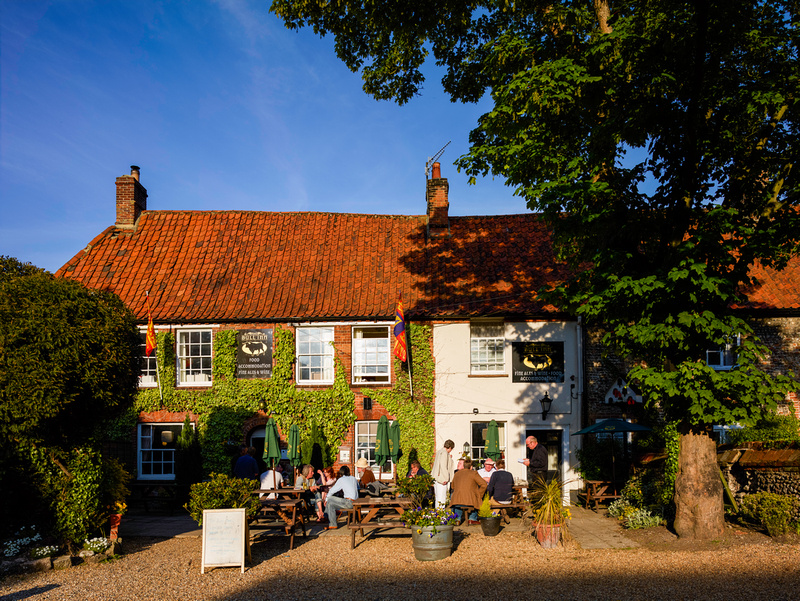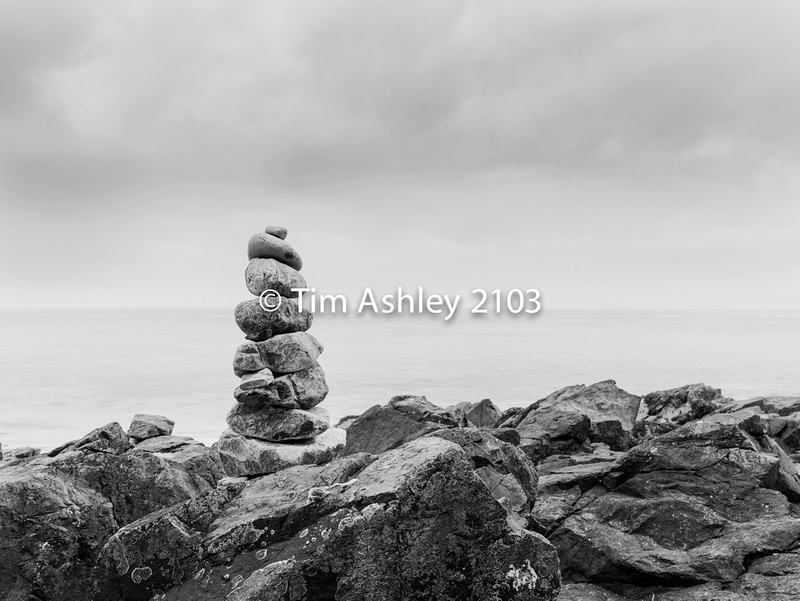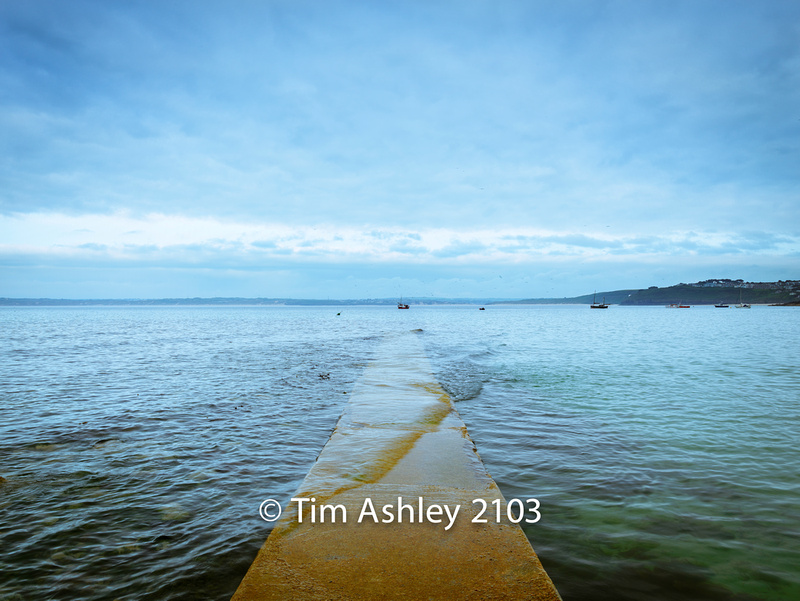The Price of (technical) PerfectionDisclaimers first: we all know that creative vision is more important than technical perfection: Steichen would have been able to make a masterpiece using an iPhone, with or without Instagram. But take a look at the work of the Big Sellers in the art photo market and quite a lot of them major on huge images which are technically perfect. It's the usual gang: Crewdson, Gursky, Burtnsky, Kander et al. Another conversation might be to consider what it is about technical perfection that contributes to the impact of a work of photographic art. One might wonder whether its job is to remove any sense of there being a machine involved, for example, so that the viewer is simply 'in the scene' with no reminders or cues as to the involvement of technology. But for whatever reason, technical perfection is part of the tool kit of some very famous photographers and has been since Ansel Adams invented the Zone System - and maybe before. Some of the Huge'n'Perfect crowd still use film but most seem to be headed digital. And whilst we have all seen definitive articles that 'prove' 10x8 film produces 'better' IQ than an 80mp digital back, we have also seen articles that prove the opposite. There are, as they say, many roads to Rome and I have seen amazing and very large prints made both ways. So this article is going to look at the equipment requirements of doing it digitally. What does it cost to achieve technical perfection in, say, a 125 to 145cm wide print? Let's take a look at the cost of a very high-end system from Phase One, Alpa, Rodenstock and Leica. I am specifying a system that allows movements (tilt and shift) because at these prints sizes, you generally need to be able to get your perspective and your field of focus right in camera. But I am also saving money where I think it makes sense by only selecting those options I consider to be of core importance. Brace yourself: you could spend an awful lot more than this and remember: this is a one lens system...
Of course you could spend a great deal more: you could go for the IQ280 at a cost of at least £10,000 more. You might want to add such basic niceties as an Alpa masked viewfinder at around £1,279 including shift mask. Or an Alpa Sync Release with appropriate cable, allowing 'one shot' use without having to put the back into Zero Latency Mode (which eats batteries) - at an additional net cost of £670. But staying nice and basic, economising where sensible, this cost of £27,675 ($43,422 or €32,390) is the entry level for technical perfection in very large digitally captured prints for certain types of subject matter. Assuming you're paying nothing for training and workshops. So what can you make from it? Let's assume you're a world-class fine art photographer who can sell a limited edition fine art print for, let's say $10,000 - and as we all know it might be a heck of a lot more than that. The math is interesting. Let's take a theoretical but close to real world example: if the edition is in two sizes, one very large and one quite large (say 140cm wide at $10,000 and 90cm wide at $7,000 respectively) and each edition is of five, with one Artist's Proof which you don't sell, then you're grossing $85,000. Of course you'll be paying your gallery anything up to 50% and there are printing, framing and a host of other costs. But you could more or less the cover the cost of this system with one image - if you are lucky, famous and brilliant. There's another way: Marcus Lyon, for example, has seen one of his limited edition prints sell for $79,406 at Christie's. The original edition size of the Lyon print sold at that price was 7 (you do the math!) but, interestingly, Marcus does nearly all his work on Canon 35mm cameras and then stitches and composites them in post - a method that doesn't work for all subjects and circumstances but of which he is master. In fact he is so good at it that it took me a lot of convincing that the images weren't captured with medium or even large format systems. So what can you do with a medium format digital system that you can't achieve in any other digital way? Given that you can get any sized print by stitching and any kind of DOF by focus stacking, the answer is simple: anything that has to be captured in just one exposure and then printed very large cannot be made on 35mm. For those circumstances, there is only one option. And it doesn't come cheap. Finally: for those who haven't seen a full sized image from one of these systems, here are three example shots using the exact same combination shown in the table above. I am sorry not to share un-watermarked images I consider to have possible future potential (the second and third) - with appropriate treatment those might always prove saleable so I won't give away high quality files of them just in case. But these files are technically reasonable (I am new to this system so still bottoming it out) and each in its way would have been difficult to achieve in any other manner if a very large print were required. Clicking on the images will load a full-sized version. The first two images were shot using the Leica Disto to establish focus distances and depths and the second one additionally used the excellent iPhone app OptimumCS-Pro by George Douvos that I reviewed a couple of weeks back. This, combined with the Disto, allowed precise placement of the DOF such that only the items I wanted were in focus, specifically the foreground rock and the cairn placed above and slightly behind it. The third image was shot using a little tilt and some rise, so as to get the DOF to cover pretty much everything from foreground to distance. Additionally, the second and third images have been treated with the Photoshop Alpa Lens Corrector plugin.
Keywords:
40HR,
Alpa,
Disto,
IQ180,
Leica,
Phase One,
STC,
camera,
digital,
medium format,
photo,
photography,
rodenstock
Comments
Hi Steve,
I'm not really suggesting that, no. I think to all intents and purposes, the sensor on, say, the IQ180 and D800 are 'as good as each other' barring pixel count. The IQ has slightly better colour depth, the D800 slightly better DR and so on. As for DOF, well, it is a moveable feast: use an 80mm lens on both and crop the IQ shot to the pixel dimensions of the D800 and you will have the same DOF if you print both to the same size. Every sensor is a crop of another sensor and what determines DOF is merely the focal length and aperture of the lens and the size of the print relative to the pixel dimensions of the sensor. Additionally, the individual pixels of the D800 and the IQ are extremely similar in size. So what it comes down to is how large you want to print. I don't print at resolutions lower than 180 DPI, which is 40.88" on the long side for the D800 and 57.38" for the IQ180. So for me it's simple - a big print requires a lot of pixels, though of course there is some middle ground whereby for prints smaller than 40.88" I will still get a more detailed print from the IQ. If I were you I'd reverse engineer the answer. What is the biggest print size you want to make? What DPI prints do you find 'satisficing'? Multiply one by the other and you have your answer. For me, the only worthwhile step up form 36mp would be around 60mp (and they'd have to be proper sized pixels too, not the tiny oversampling type pixels you get in a 40mp mobile phone!) but YMMV...
SteveG(non-registered)
Being a user and owner of a D800, I am interested in this post and have just stumbled across it. Are you suggesting that one would need to consider at least 60Mp back in order to see appreciable difference in terms of colour depth, depth of field and tonality vs the D800? Would a 39-50Mp back be too little in terms of difference in printed enlargements?
Interestingly, the Alpa STC has crossed my radar as a possible next step, but this would involve significant outlay compared to the same digital back, but mounted on a phase or hasselblad body and lens system.
Hans van Driest(non-registered)
We each have our own preference, and stitching, just like most things, takes time to become skillful (apart from talent). Things like moving people and moving leaves are no serious problem. And for the nodal solution, there are several good options (I use one of the solutions from RRS). And once you have such a rig, making multiple shots goes fast en efficient.
Personally I experience that stitching gives me possibilities that you do not have with a single shot solution (choice of projections is just one example, a lot of freedom especially at wide angle, in choosing your focal length another). But don't get me wrong, I can see it is not for everyone, we all have our own preferences and methods. As long as it allows us to get the result we want...
Luis Escobar(non-registered)
Thanks a lot Tim for your answer.
No comments posted.
Loading...
|



